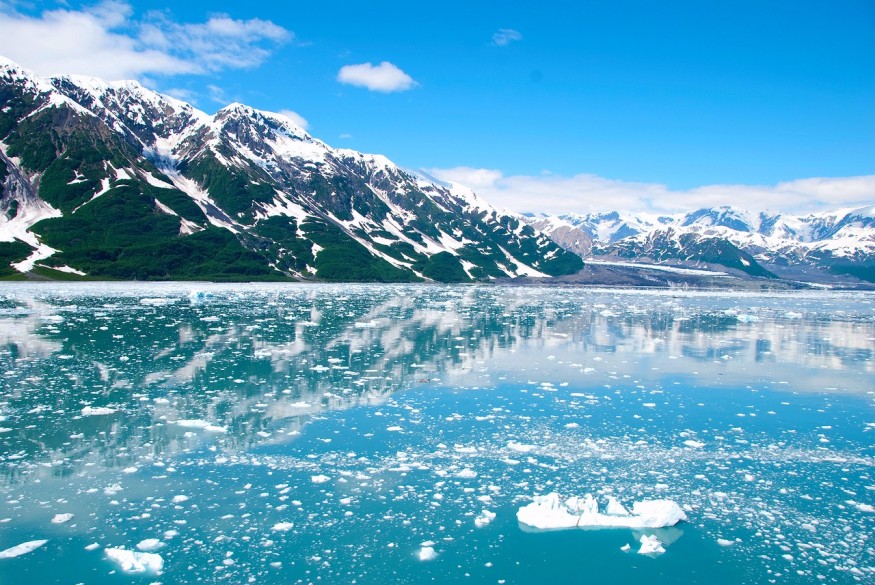Oxygen is undoubtedly one of the most fundamental chemical elements for living organisms not only on land but also those living in the world's oceans, which covers roughly 70% of Earth's surface.
In an evolutionary perspective, the element was reportedly responsible for the extinction of ancient life forms billions of years ago but also a cause of new ones hundreds of million years ago.
In a biological level, oxygen supplies our blood cells the energy to enable our body to function and ultimately to survive. However, not all organisms have easy access to the element, especially in deep, remote parts of the world.
For instance, the deep sea, also called deep ocean or ocean twilight zone, is underwater region where light or oxygen barely reaches.
Nevertheless, some natural systems such as the Antarctic bottom waters, which supplies 40% of the world's deep ocean with supplies of oxygen and nutrients, are able to sustain this oxygen-deprived zone, where marine life, including bizarre alien-like fish, also exists.
Recently, a new study led by scientists from the United Kingdom and Australia found this deep ocean oxygen supply is decreasing.
Deep Ocean Oxygen Supply

The researchers determined the Antarctic currents are being slowed down by melting ice shelves, no thanks to climate change and global warming, which raises even the cold of freezing waters in the icy continent of Antarctica. This network of currents is called the global meridional overturning circulation.
The melting of Antarctic glaciers and ice sheets is nothing new amid the climate emergency. Yet, its impact to the deep sea is alarming even in the decades to come.
In the study published online in the journal Nature Climate Change in March 2023, the research team confirmed their findings by conducting observations in the Australian Antarctic Basin, which covers the polar waters between Australia and Antarctica.
In his description, Matthew England, a professor at the University of New South Wales and co-contributor to the research, consider the network to be the lungs of the oceans, as cited by Live Science. England warned that the continuance of ice melt in the long-term future could destroy this underwater oxygen supply.
Also Read : Ocean Dead Zones: These Oxygen Minimum Zones are Emitting One of the Worst Greenhouse Gases
What is the Deep Ocean?
The deep ocean is an underwater region that ranges around 200 meters (656 feet) and a place where light begins to dwindle, according to the National Oceanic and Atmospheric Administration (NOAA). The twilight zone, officially known the dysphotic zone, can reach even until 1000 meters, so the intensity of light quickly dissipates the further the depth increases, the U.S. government agency explains.
With average temperatures of 4 degrees Celsius (39 degrees Fahrenheit), the deep-sea needs sunlight to heat warm up its environment, the NOAA adds. However, excessive ocean warming is also detrimental to marine animals and their ecosystems, based on previous studies. With the decreasing deep ocean oxygen supply, the risk is even greater.
Related Article : Oxygen Levels in Oceans Drop Endangering Marine Life, Report Says
© 2025 NatureWorldNews.com All rights reserved. Do not reproduce without permission.





